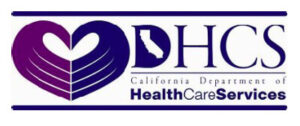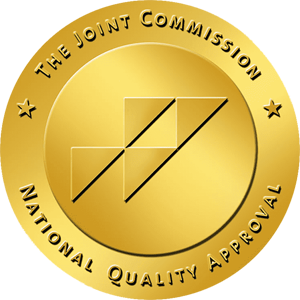Opioid addiction is a growing crisis. It affects millions of people worldwide. The addiction often begins with pain relief. But it can quickly spiral out of control.
What are Opioids?
Opioids are strong painkillers. Doctors prescribe them for serious pain. Common opioids include – Oxycodone, Hydrocodone, Morphine, Fentanyl, and Heroin (an illegal opioid). These drugs affect the brain. They block pain and make people feel relaxed. But they can also create a powerful high. This feeling can lead to misuse.
How Opioid Addiction Starts?
Opioid addiction often starts with a prescription. A person may take opioids after surgery or injury. At first, they follow the doctor’s instructions. Over time, tolerance builds. The person needs more of the drug to feel the same effect. They may take more than prescribed. Or they may seek the drug from illegal sources. Soon, they lose control. This is how addiction takes hold.
Why are Opioids so Addictive?
Opioids trigger the release of dopamine. Dopamine is a chemical in the brain. It makes people feel pleasure. Over time, the brain depends on opioids to release dopamine. Without the drug, people feel sick, anxious, or depressed. These withdrawal symptoms make quitting very hard. The body craves the drug. This leads to a cycle of abuse.
Signs of Opioid Addiction
- Taking more opioids than prescribed
- Being unable to stop using
- Feeling high or sedated
- Sleeping more or less than usual
- Poor hygiene or self-care
- Mood swings or depression
- Isolation from family and friends
- Financial or legal problems
Health Risks of Opioid Addiction
Opioid addiction can destroy lives. It affects the brain, body, and emotions. Long-term use may cause:
- Breathing problems
- Liver damage
- Heart issues
- Memory loss
- Severe constipation
- Increased risk of overdose
An overdose can be deadly. It slows breathing. Without quick help, a person can stop breathing completely.
The Overdose Crisis
In recent years, overdose deaths have risen. Fentanyl, a very strong opioid, is one of the main causes. It is often mixed with other drugs without the user’s knowledge. Naloxone is a medicine that can reverse an opioid overdose. It is available in many pharmacies. Families and first responders often carry it.
Seeking Help for Opioid Addiction
Recovery is possible. Many people have overcome opioid addiction. The first step is asking for help.
Treatment options include:
- Detoxification: Medical support during withdrawal
- Medication-Assisted Treatment (MAT): Uses medicines like methadone, buprenorphine, or naltrexone
- Counseling and Therapy: Individual or group sessions
- Inpatient or Outpatient Rehab: Structured programs for recovery
- Support Groups: Like Narcotics Anonymous (NA)
The Role of Family and Community
Support matters. Family and friends can help someone stay clean. Encouragement and understanding go a long way. Communities also play a role. Education, prevention programs, and access to treatment save lives.
Preventing Opioid Addiction
Here’s how to prevent addiction:
- Only use opioids as prescribed
- Ask your doctor about alternatives
- Store medicine safely
- Dispose of unused pills properly
- Talk to teens and kids about drug dangers
Opioid addiction is real. It can affect anyone—young or old, rich or poor. But there is hope. With the right treatment and support, recovery is possible. Let’s break the stigma. Let’s talk about opioid addiction. And let’s help those who need it most.






